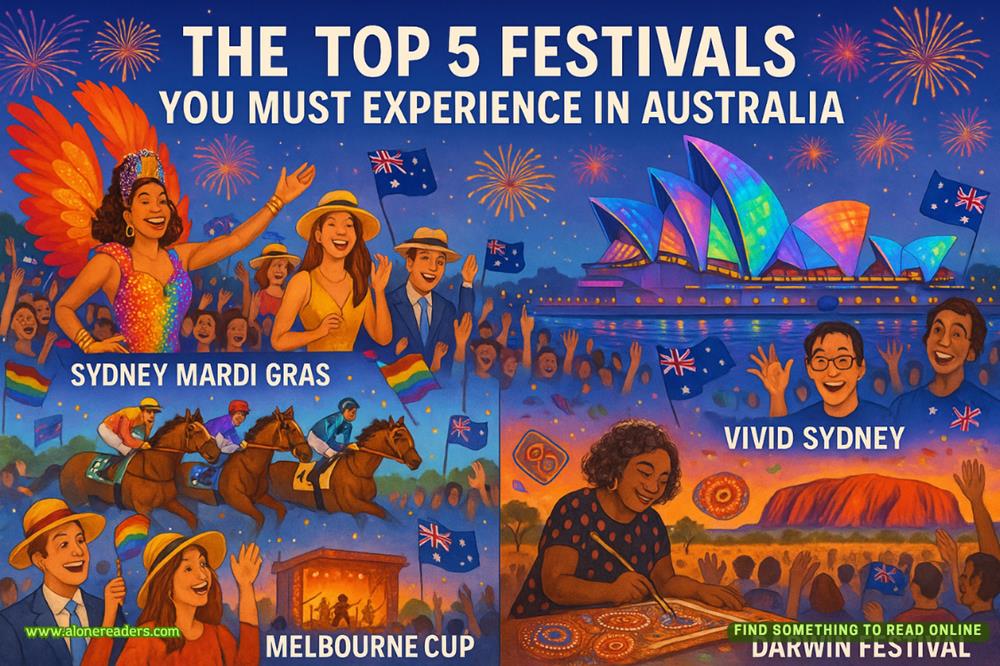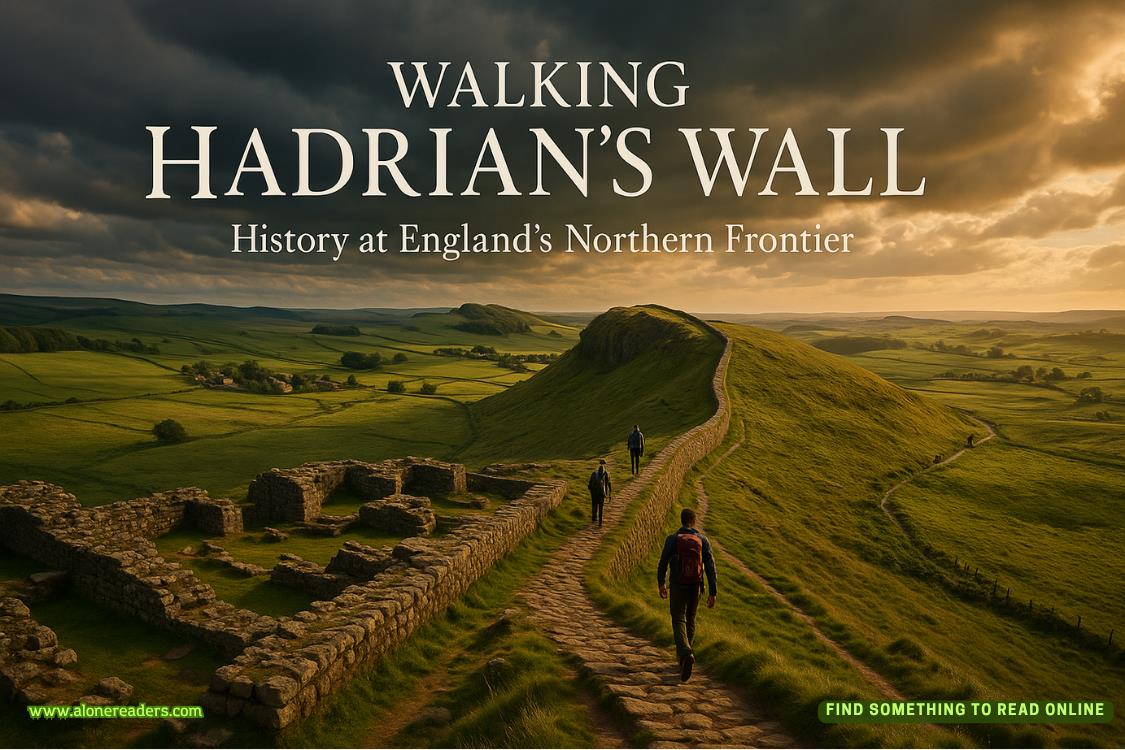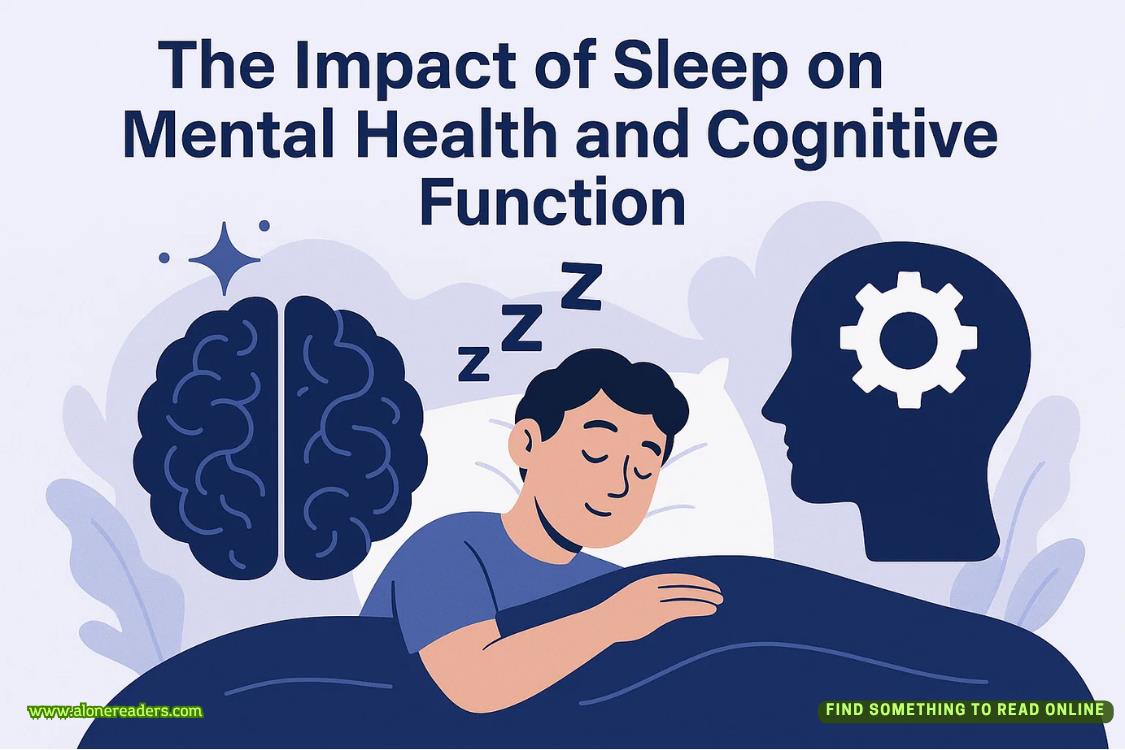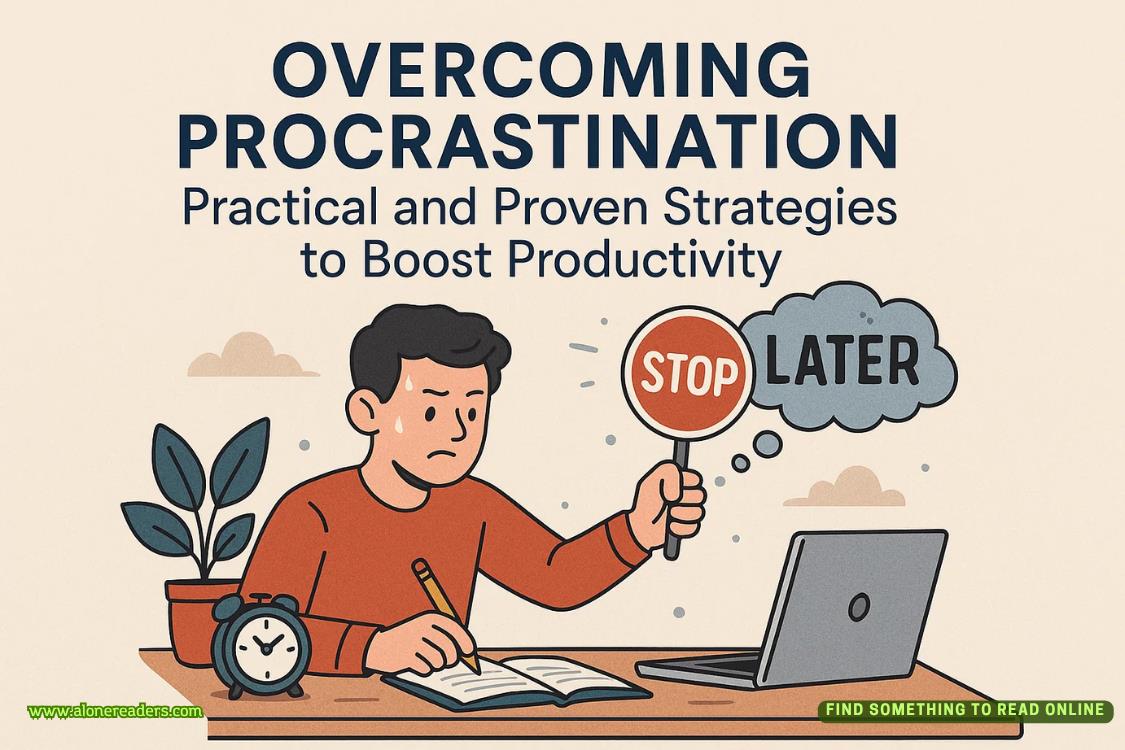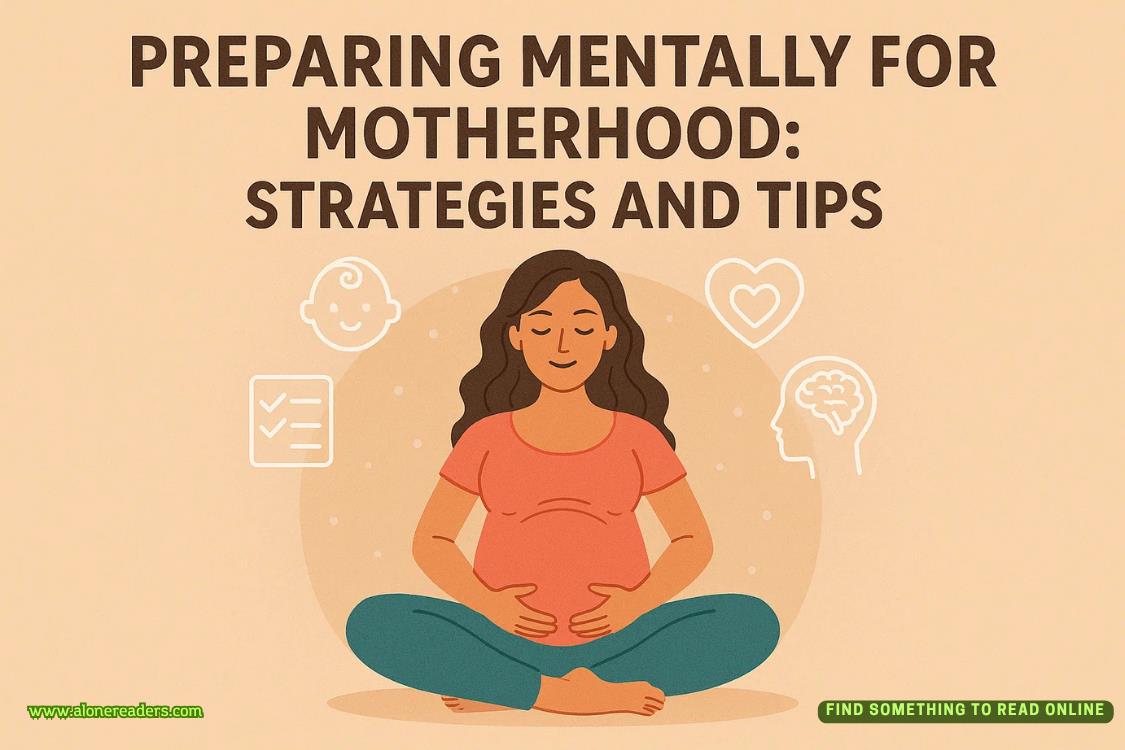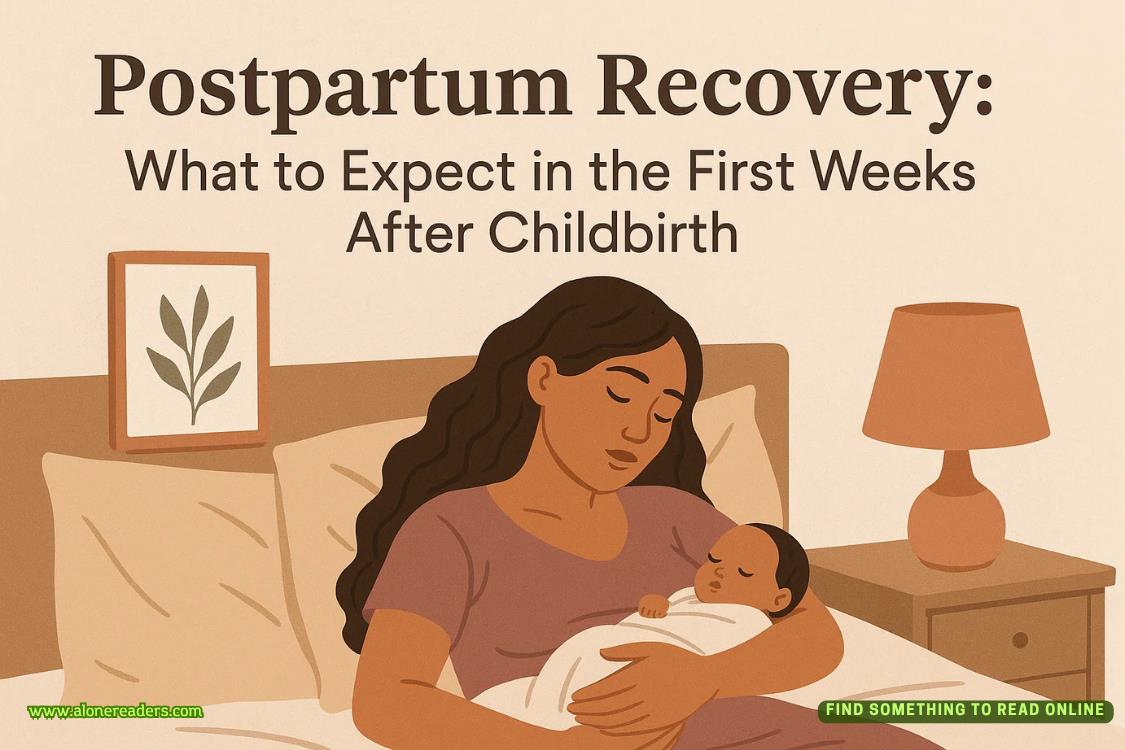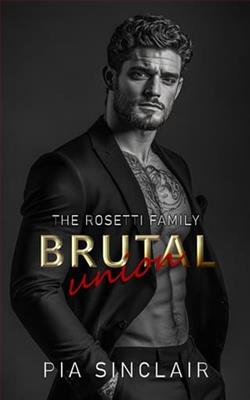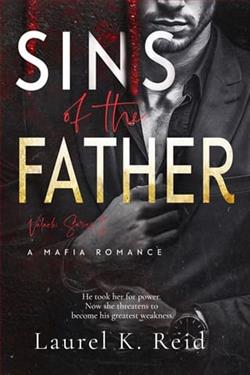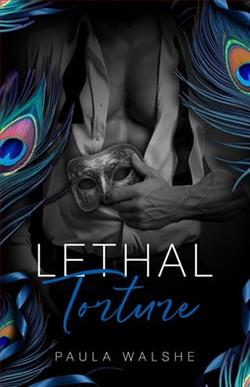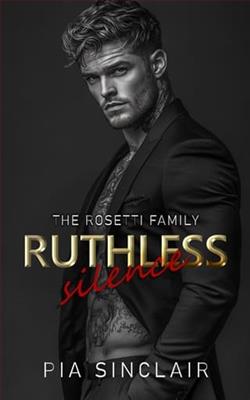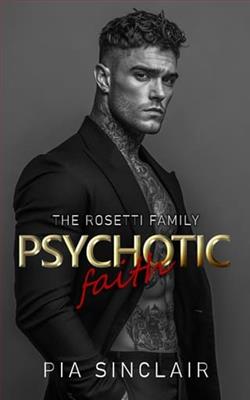Page 11 of Into the Fire
“Yep.”
Andy obviously didn’t agree with me, so I started the recording yet again.
“Look at the way he enters. The two younger accomplices enter first, no masks, heads down, ball caps so we can’t see their faces. They know there’s security. They put on the masks after they enter, when they’re out of view of the camera—see how they go to the back of the store?”
Andy nodded slowly. “Okay, that makes sense. Why do you say they’re younger?”
“The way they move. They don’t seem mature to me. Teens, definitely. Maybe young teens.” I fast-forwarded then played it at normal speed. “See how the shooter comes in? No hesitation. He swaggers in, hyperalert. Possibly hyped on something. A little jittery, but not nervous. He walks in, up and down the aisles; the clerk is wary—customer is wearing a face mask, a hoodie, acts suspicious. It’s not clear that he’s with the other two kids—see?”
“I see your point, but does that matter? They left together, coordinated the theft.”
I shrugged. I didn’t know, I was just trying to get a sense of what these three were up to. “Look at the whole picture. I think the first two knew they were going to rob the place—that’s why they put on their masks later so they won’t be caught on camera when they grab the cigarettes and alcohol. Your shooter? He comes in with purpose. He wants to intimidate the clerk.”
Andy nodded. “Okay. I see that.”
“And then watch.” I replayed the end, where the three are walking away and the clerk is yelling at them. The shooter turns, fires. “This isn’t the first time your killer shot someone, Andy. It might not even be the first time he killed a man.”
I watched the two police interviews with Sergio next. They had sound and were in color. Sergio behaved exactly as Andy said. In the first interview Sergio was concerned, but forthcoming, polite, worried about the crime.
At one point, Sergio said, “This isn’t the first time. Since Christmas, there’s been half a dozen robberies in the area. Do you have any idea what’s going on? All the businesses are worried. Especially those of us who work at night.”
It seemed like a genuine question about a situation Sergio was aware of because of his job. If the police had leads or suspects, they didn’t tell Sergio.
The second interview was, as Andy had said, markedly different. Sergio was pale, head down, had his hands clasped and appeared defeated, worried, scared. He hadn’t asked for a lawyer, even though Detective Barrios had arrested him. She laid out to him the details about the robbery, showed him the video of the unidentified shooter wearing the sweatshirt Sergio had worn the day before. She showed Sergio the forensic report where his sweatshirt tested positive for GSR.
“Is this you, Sergio?” she asked, pointing to the shooter on the grainy tape.
Sergio looked from the video to the GSR report, then he nodded.
“I need you to speak.”
“Yes.”
“You robbed the Cactus Stop and shot and killed Mr. Rodriguez?”
“Yes.”
“Why?”
“I’m so sorry.”
“Sergio, why did you kill Greg Rodriguez?” Barrios repeated.
He shrugged. “He said something that made me mad and I snapped. I shot him for no reason and I feel awful about it. I didn’t mean to. I really didn’t mean to—it just happened.”
“Where is the gun?”
“I tossed it in the canal.”
Tina asked more questions, Sergio avoided direct answers. He refused to identify the other two perpetrators, then said, “I think I need to talk to a lawyer now.”
Andy got me on the visitor list for Sergio Diaz at three that afternoon. After moving through an electric door where a guard was posted on the other side of a glass wall, I entered a visiting room that felt more like a high school cafeteria without food. I sat at the far end of a long row of identical tables with chairs bolted to the floor. Less than half of the forty tables were occupied by prisoners meeting with friends or family. Maybe some were lawyers; I didn’t know if those meetings would be in private. Each corner housed a camera, and multiple signs proclaimed that all visitors were photographed and video recorded.
Sergio came in through a guarded door on the opposite side of the hall. Two other corrections officers were stationed at points around the room, watching. He wasn’t cuffed; there were different security levels at the MCSO Durango Jail. Sergio, though a confessed killer, was still awaiting sentencing and had no prior convictions or arrests as an adult. According to Andy, he had been a model prisoner for the four days he’d been in the jail.
Sergio looked at me with a combination of confusion and suspicion. He was a slim young man with short dark hair and no visible tats. I knew from his sheet that he had one tattoo on his upper right shoulder with the name Maria in script and a small dove. Possibly an in memoriam tat or a reference to a girl he loved. Tats were all too common. My parents disapproved, so none of us had gotten any—until I enlisted in the Army and decided to get angel wings on my left breast. Yes, a little too on the nose—Angelhart—but they were beautiful and intricate, drawn in fine black ink and only an inch and a half wide. Classy, I thought.
I also thought no one would ever find out. I don’t show my breasts to just anyone.
